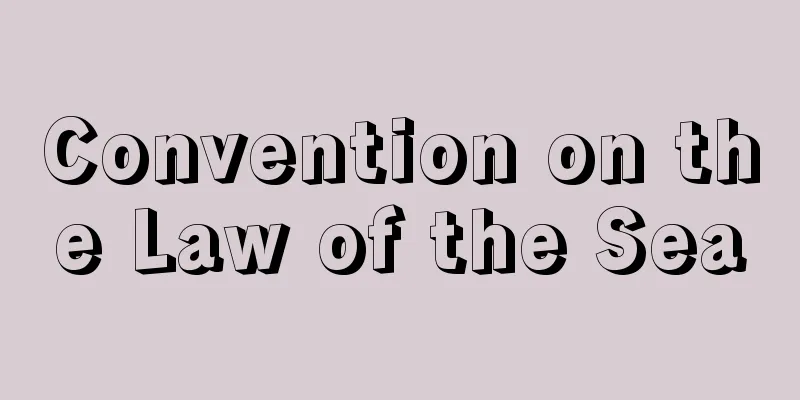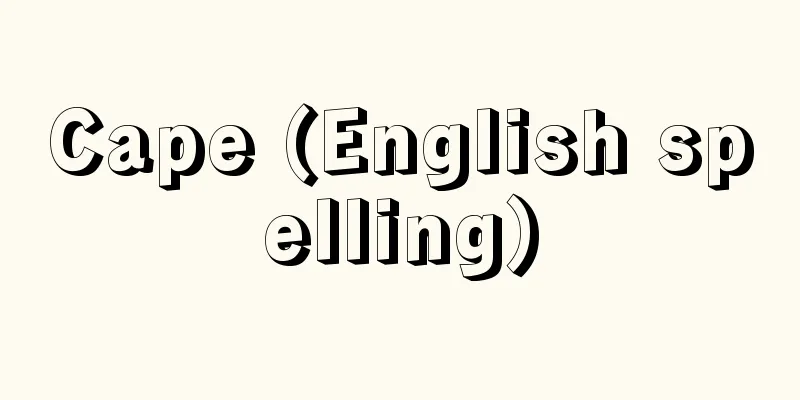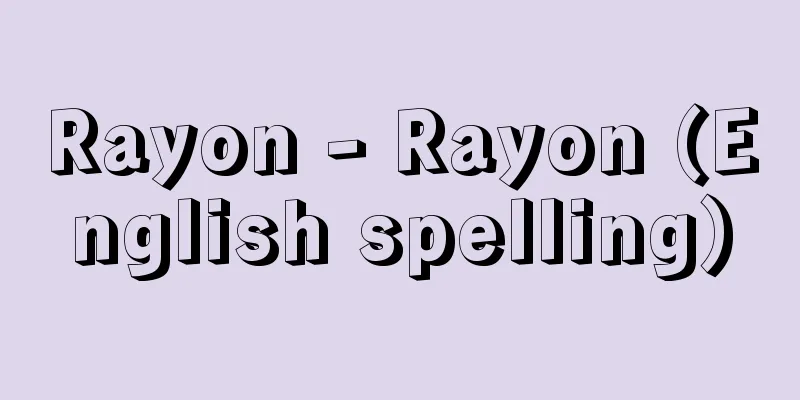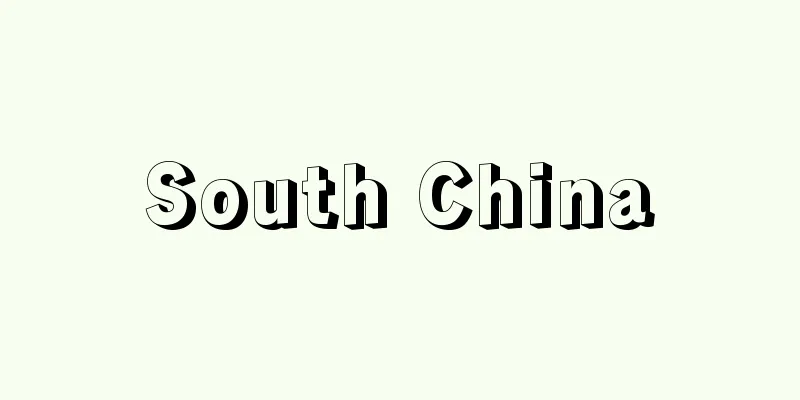Convention on the Law of the Sea

|
(1) Four treaties on territorial seas and contiguous zones, the high seas, fisheries and the conservation of living resources of the high seas, and the continental shelf, which codify existing customary law on the sea and create new legislation to respond to recent new situations. They were adopted at the United Nations-sponsored International Conference on the Law of the Sea in Geneva in 1958, but the width of the territorial sea was left unresolved. (2) After the Second International Conference on the Law of the Sea in Geneva in 1960 ended in failure, the Third International Conference on the Law of the Sea was started in 1973, and the treaty was adopted in Montego Bay, Jamaica in 1982 (it came into force in 1994 after some substantial amendments). The official name is the United Nations Convention on the Law of the Sea. It consists of 320 articles and nine annexes. 117 countries have signed it (Japan signed it in 1983 and ratified it in 1996). Its basic idea is that the sea belongs to all mankind, and states have obligations toward mankind regarding the sea. It stipulates territorial waters of 12 nautical miles, international straits, an exclusive economic zone of 200 nautical miles, and the high seas beyond that. It is known as the "Constitution of the World's Oceans" for its comprehensive content, which also includes the limits of the continental shelf, enclosed seas, the deep seabed, protection of the marine environment, scientific research of the ocean, and procedures for dispute settlement. In Japan, numerous related legislations and legal amendments were made in response to the Treaty's entry into force. →Marine pollution / International Tribunal for the Law of the Sea / Flag State Law / World Law / Archipelagic Waters →Related topics Maritime law | Restrictions on allowable catch | Fisheries | Principle of freedom of the high seas | Maximum sustainable yield | Salmon and trout fishing | Resource management-based fishing | Common heritage of humanity | Japan-Russia fisheries negotiations | Japan-Korea Fisheries Agreement | 200 nautical mile zone | Mother river nation principle | Special Measures Act for the Conservation and Management of Tuna Resources | Innocent Passage Source : Heibonsha Encyclopedia About MyPedia Information |
|
(1)海洋に関する従来の慣習法の法典化と,最近の新事態に対応する新たな立法を内容とする,〈領海および接続水域〉〈公海〉〈漁業および公海の生物資源の保存〉〈大陸棚〉に関する四つの条約。国連主催の1958年のジュネーブ海洋法国際会議で採択されたが,領海の幅は未解決であった。(2)1960年ジュネーブでの第2次海洋法国際会議が不調に終わった後,1973年より第3次海洋法国際会議が開始され,1982年ジャマイカのモンテゴ・ベイで採択された条約(1994年一部実質修正の上,発効)。正式名称は海洋法に関する国際連合条約。全320条と九つの付属書からなる。117ヵ国が署名(日本は1983年署名,1996年批准)。その基本思想は,海は全人類のものであり,国家は海洋に関して人類に対する義務を有するというもの。12カイリの領海,国際海峡,200カイリの排他的経済水域,その外側の公海を規定。大陸棚の限界,閉鎖海,深海底,海洋環境の保護,海洋の科学的調査,紛争解決の手続も含む包括的内容で〈世界の海の憲法〉と呼ばれている。日本でも発効に対応するため,多数の関連立法,法改正が行われた。→海洋汚染/国際海洋法裁判所/旗国法/世界法/群島水域 →関連項目海法|漁獲可能量規制|漁業|公海自由の原則|最大持続生産量|サケ・マス漁業|資源管理型漁業|人類の共同遺産|日露漁業交渉|日韓漁業協定|200カイリ水域|母川国主義|マグロ資源保存・管理特別措置法|無害通航 出典 株式会社平凡社百科事典マイペディアについて 情報 |
<<: United Nations Convention on the Law of the Sea
Recommend
Kilian, G.
…There have been attempts to systematically under...
Locustana pardalina (English spelling)
...Lachoppers that fly in swarms are called flyin...
Side rest - Kyosoku
A type of seating equipment. A piece of equipment...
Japanese common squid (Japanese common squid)
This cephalopod squid (Ommastrephas nigricans) is ...
Contradiction - Mujun
An example of something that doesn't make sens...
Rock wallaby - Rock wallaby
…Among the mammals belonging to the marsupial fam...
Shinjuku Gyoen
This park straddles Shinjuku and Shibuya wards in ...
Ikura - Ikura
...On the other hand, fishing has also been popul...
Kanokoga - Kanokoga
A general term for the Ctenuchidae family of the ...
Toin Saneyo - Toin Saneyo
A nobleman during the Northern and Southern Court...
Da Nan Yi Tong Zhi (English: Da Nan Yi Tong Zhi; Dai Nam Nhât Thông Chi
A Vietnamese geography book written in classical C...
Aberration
When an optical system forms an image that deviat...
preband
...Recent research on gorilla society has reveale...
"Okusa Family Cookbook" - Okusa Family Cookbook
… The oldest cookbooks that exist today are the C...
Kazimierz Jagiellonczyk - Kazimierz Jagiellonczyk
…The personal union of Poland and Lithuania quick...









